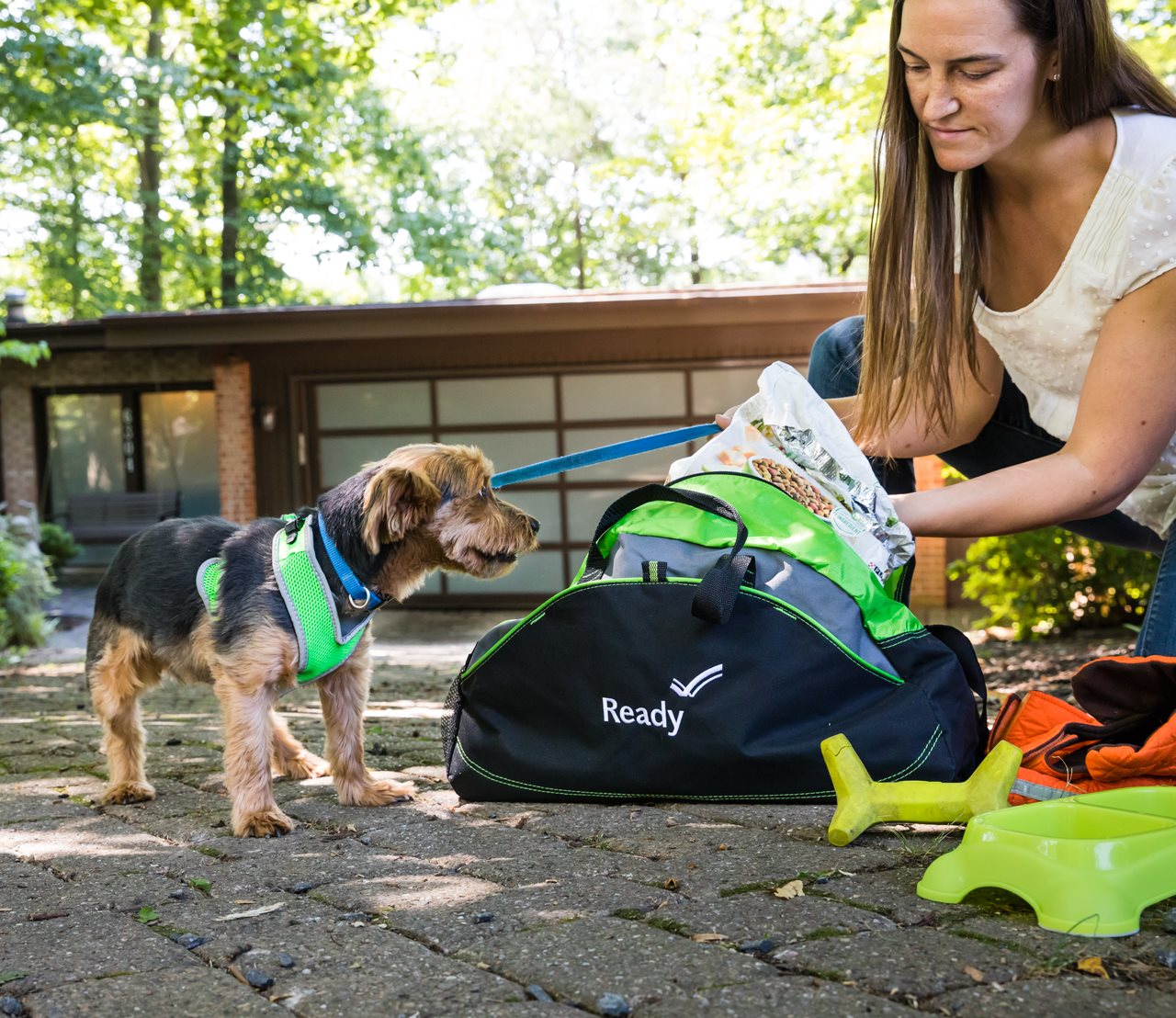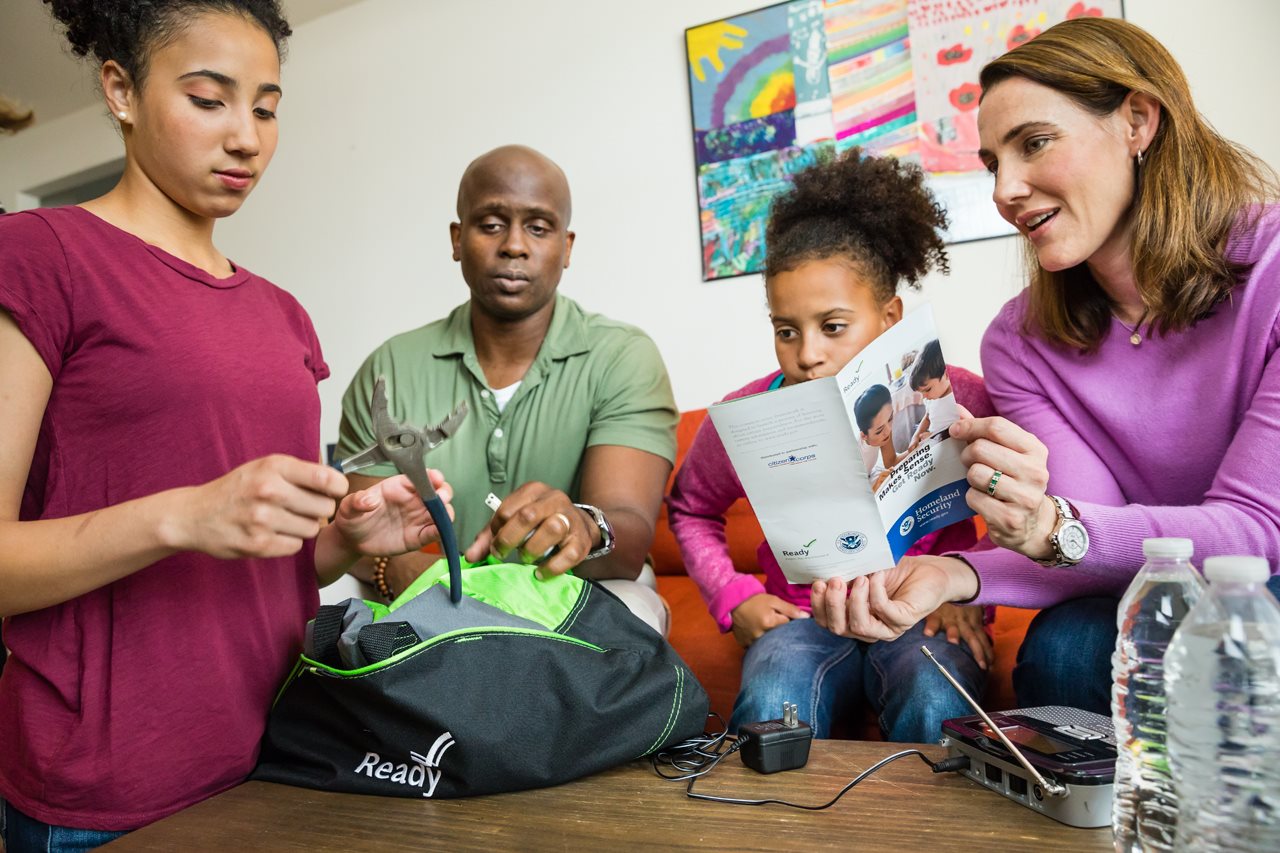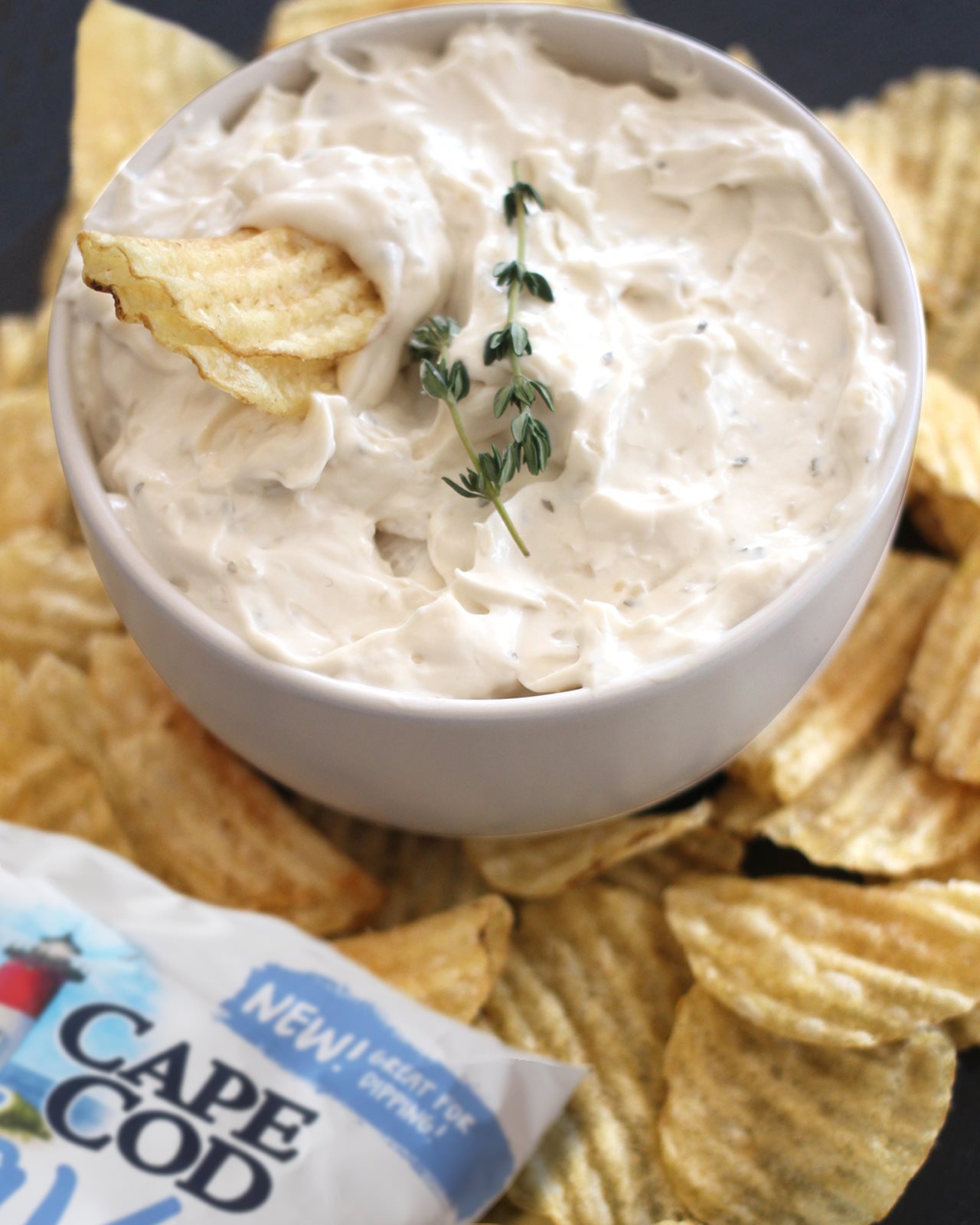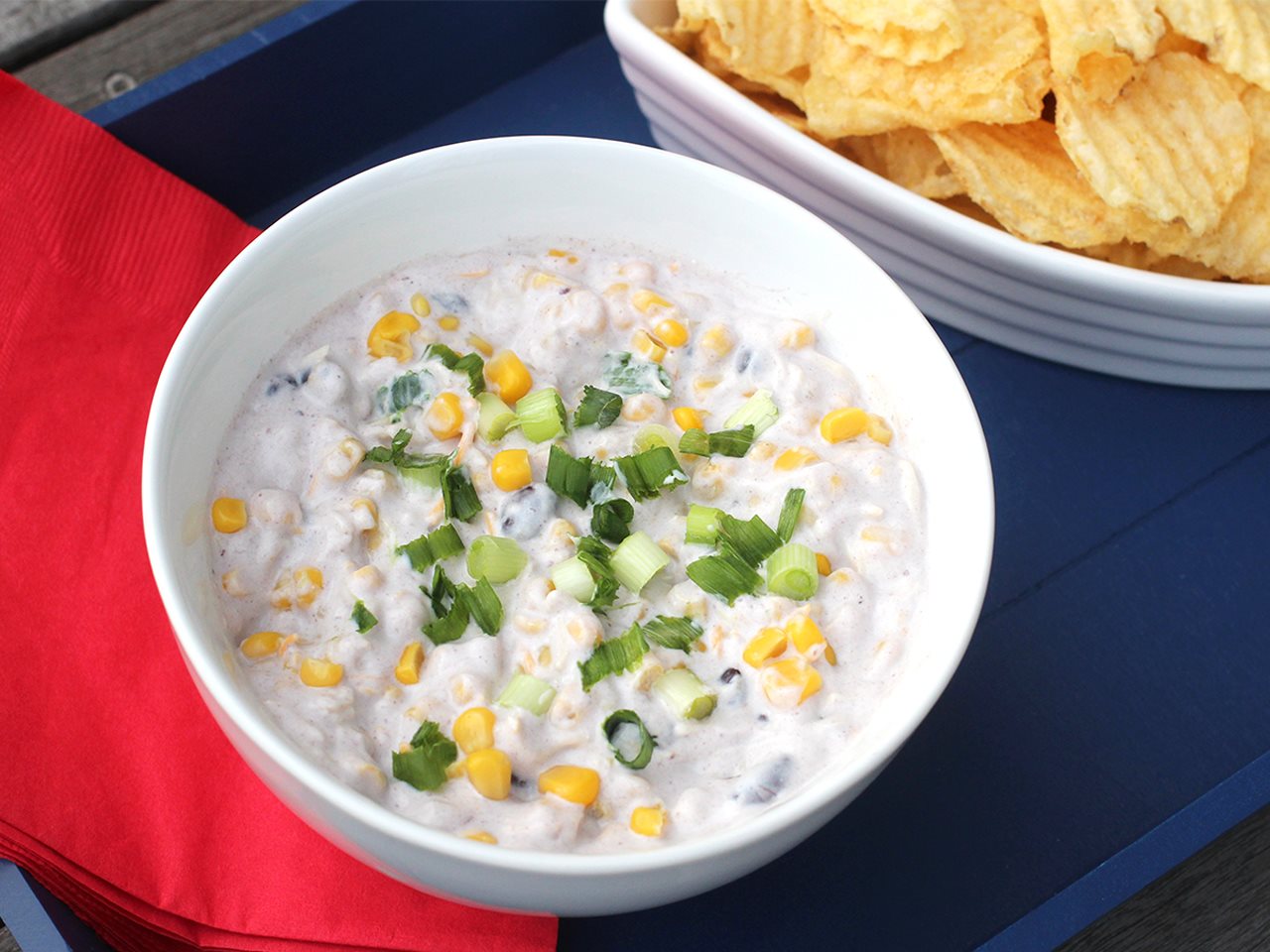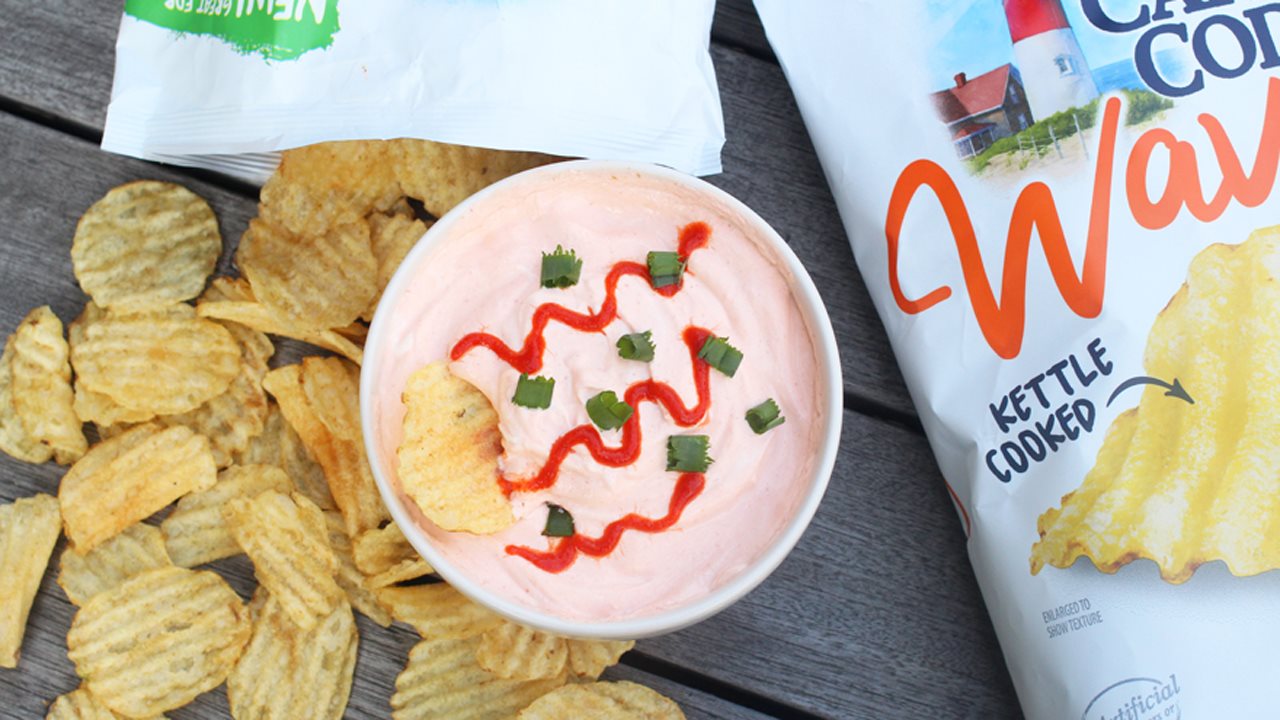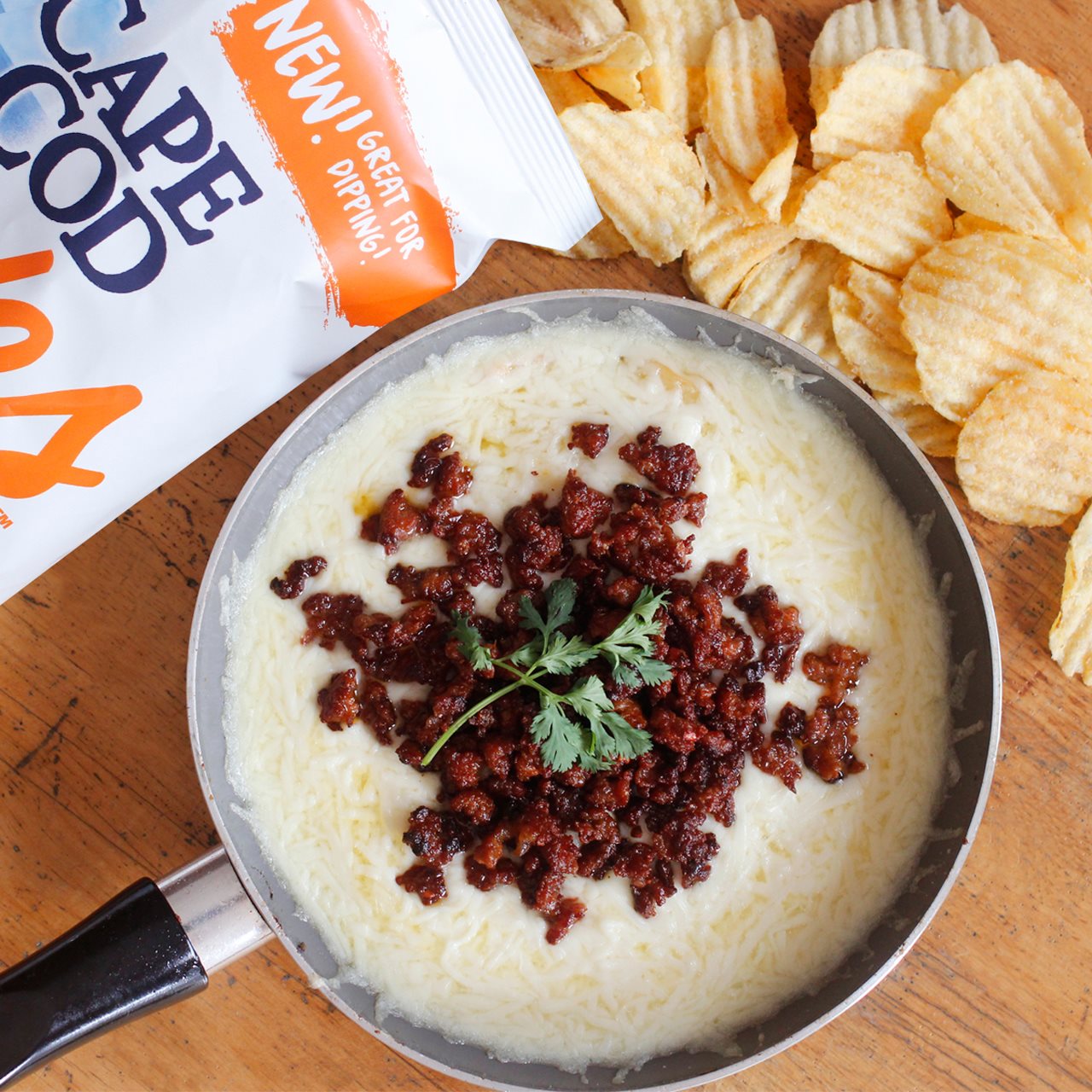2018-08-31T07:01:00
(BPT) – The rushed morning hour before school and work can be hectic, often filled with anxiety and angst for everyone in the family. Learn how to turn this chaotic time into one that is positive and productive so everyone starts their day on the right note.
Renew Life, with the help of critically acclaimed actress Felicity Huffman and New York Times best-selling cookbook author Ellie Krieger, RDN, is arming parents with tips and tools to turn their families’ morning routines into a #PowerHour that literally and figuratively fuels them with healthy, lifelong habits to start each day feeling strong and empowered.
Ease into the day

Skip the snooze button and take some time in the morning to slowly ease into your day. Flow through three power moves that are guaranteed to get your body and mind moving, take five deep breaths to calm your mind and get centered, or do whatever activity helps you feel strong from those first few moments of the day. “I try and make sure we sit down as a family together as often as possible, even if it’s for five minutes! My husband instituted this ritual at the beginning of the meal: We all hold hands and take a deep breath together, so we actually land at the table together. Sounds a little corny, but it does bring us together,” says Huffman, founder of the lifestyle site whattheflicka.com.
Take a Renew Life Probiotic
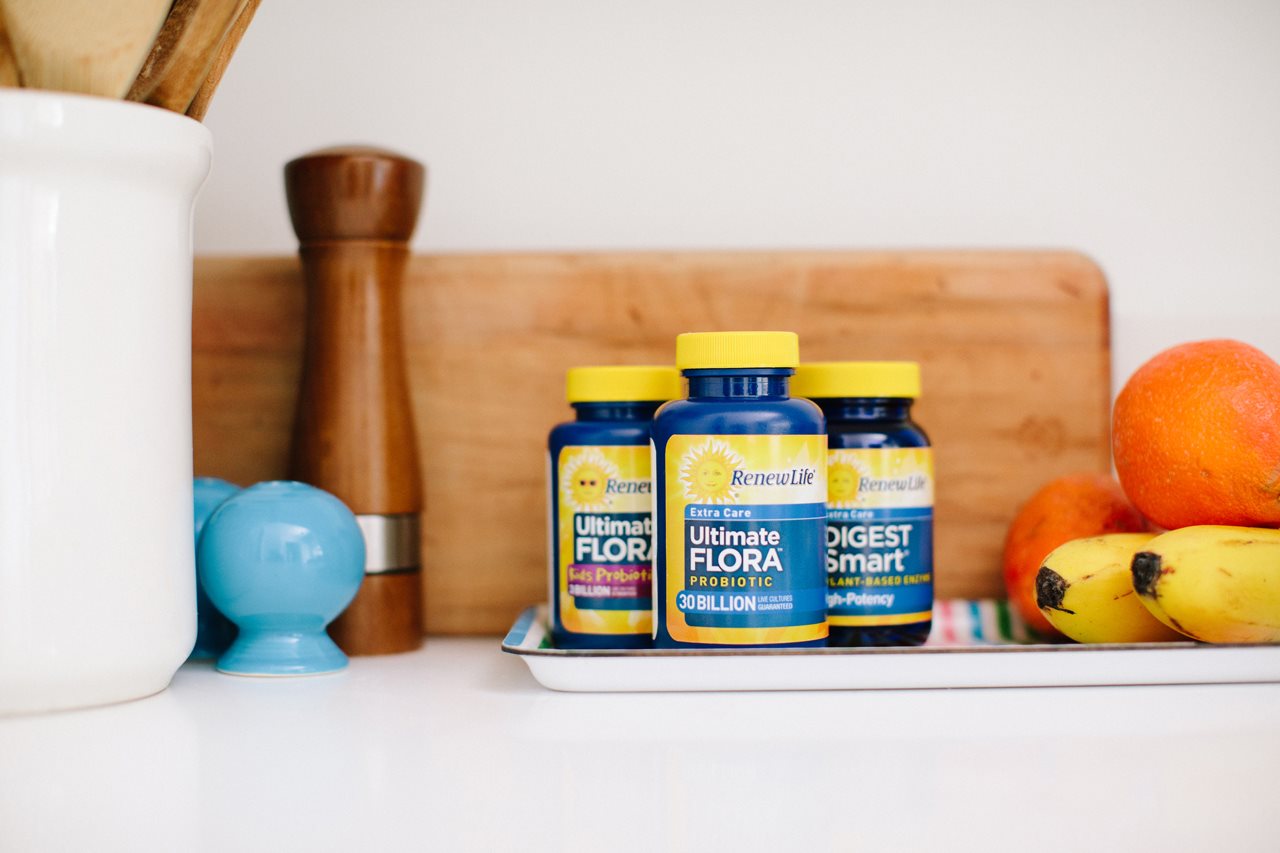
A daily probiotic brings balance to the good and bad bacteria in your gut and helps support digestive and immune health, which you’ll need now that your morning routine is kicked up a notch! A quality probiotic helps support a strong gut and a strong you, and Renew Life Extra Care 30 Billion Probiotics have three times more good bacteria in every capsule compared to the leading probiotic brands.
I have been taking a daily probiotic now for 10 years and insisting my family takes one for the last three because its impact is huge — a healthy gut positively boosts your immune and digestive health, but also affects mood, memory, sleep, kids’ development and more,” says Huffman.
“I don’t even have to remind my daughter to take Kids’ Ultimate Flora, the gummies are so tasty and easy,” says Krieger, a James Beard award recipient and host of “Ellie’s Real Good Food.”
Eat a balanced breakfast

Fuel yourself with a power-packed breakfast featuring probiotic-rich recipes. “At least once a week my husband and daughter request overnight oats, an easy breakfast I can make the night before that I know boosts my families’ energy so they have a strong start to the day,” says Krieger.
Get centered with a daily mantra

Reflect on one powerful statement that brings strength, confidence and encouragement to each day, and helps the whole family focus their energy on a positive intention before they head out the door. “A mantra that really works for me is, ‘I will approach today with joy, grace and gratitude.’ That little reminder helps me set the tone for the day and reduces my stress level a lot,” says Krieger.
Tune into the day

Turn up the volume on a playlist of songs that will motivate and inspire the family, from breakfast time to teeth-brushing sessions to school and work commutes. In the morning our playlist is classical music so our day starts off peacefully. I save the upbeat music for later in the day when I can embarrass my kids by dancing around the kitchen, says Huffman.
Huffman and Krieger are sharing their tips for creating a morning #PowerHour on their Instagram accounts found here and here. They are asking other parents to share how they do it too, including tips to start the day strong, for a chance to win a Renew Life Power Hour Kit and other great prizes. To enter, follow @RenewLife and post a picture or video of your morning routine with #PowerHour, #Sweeps.





